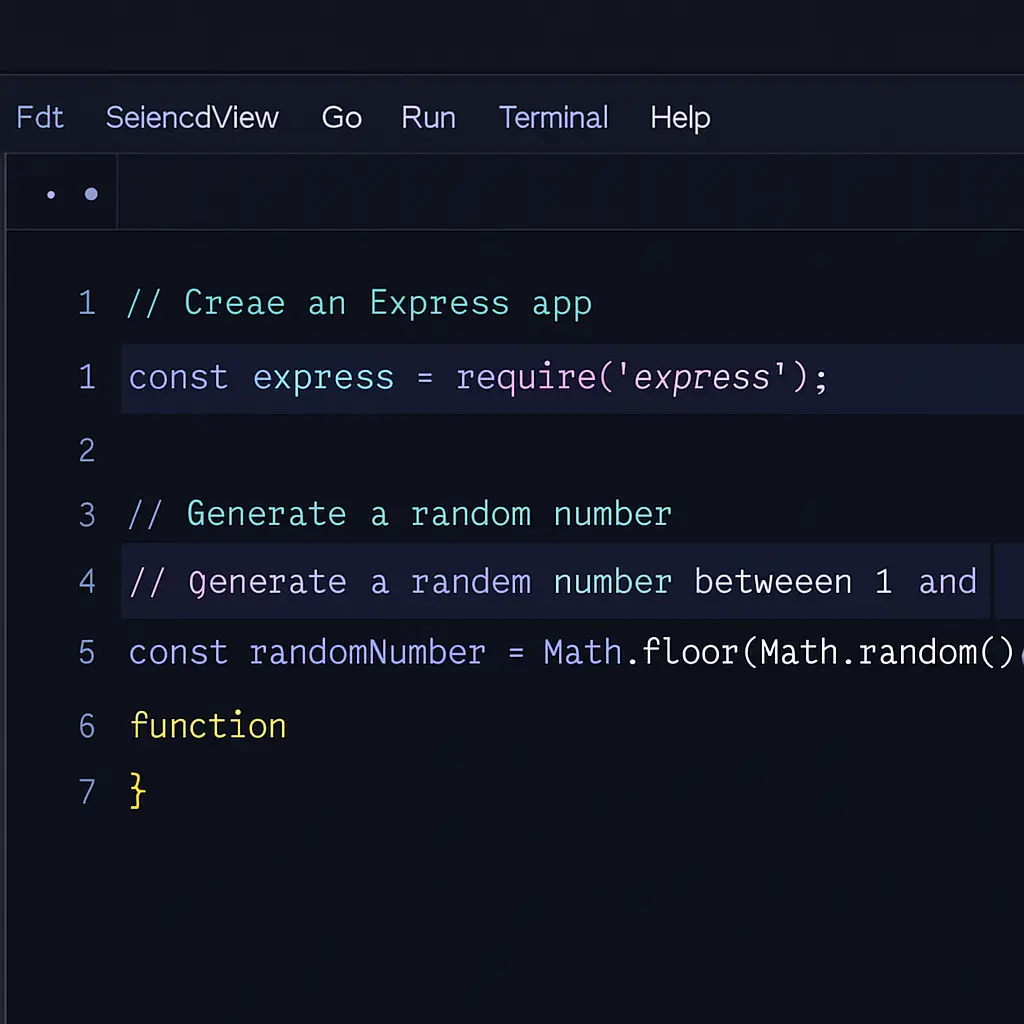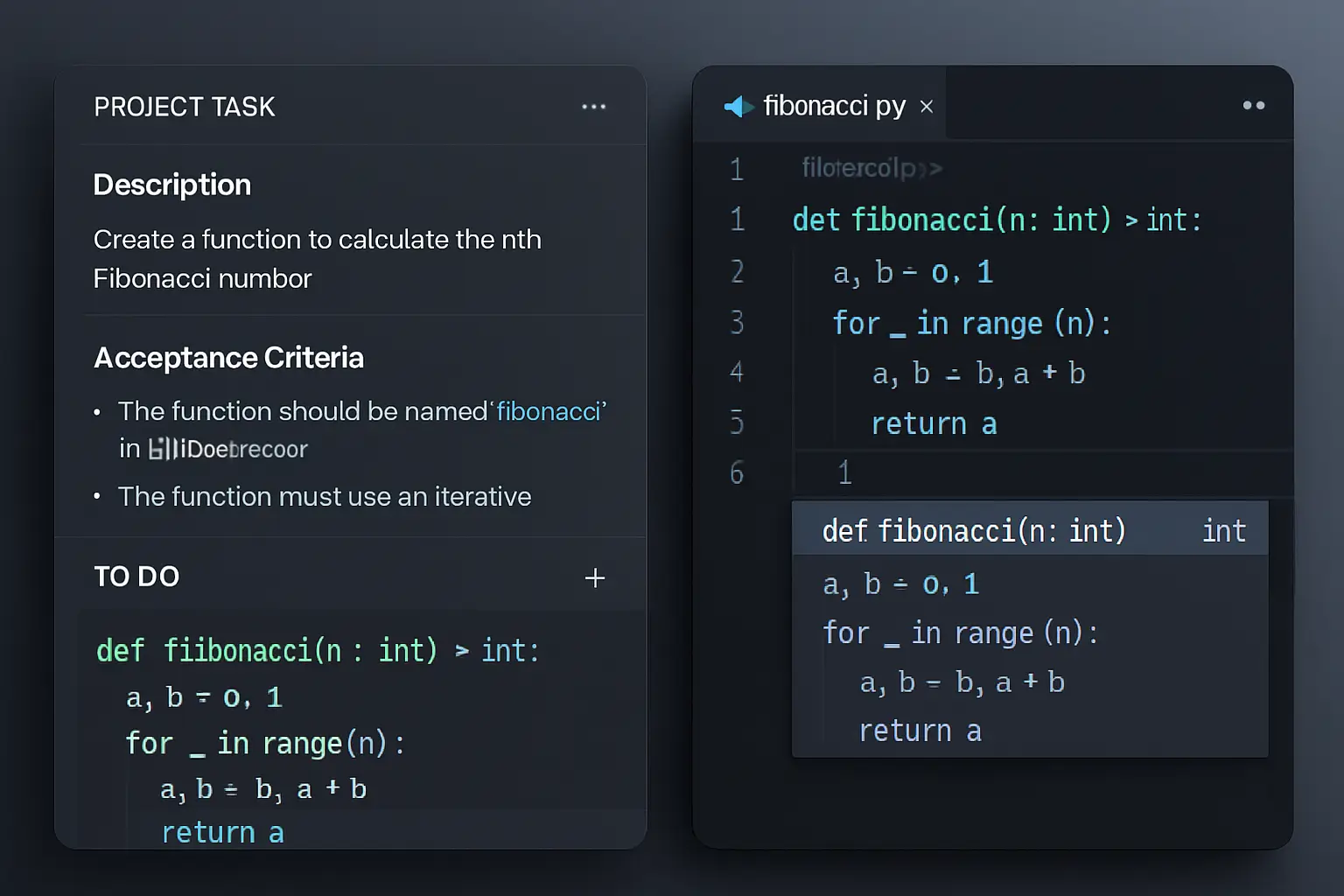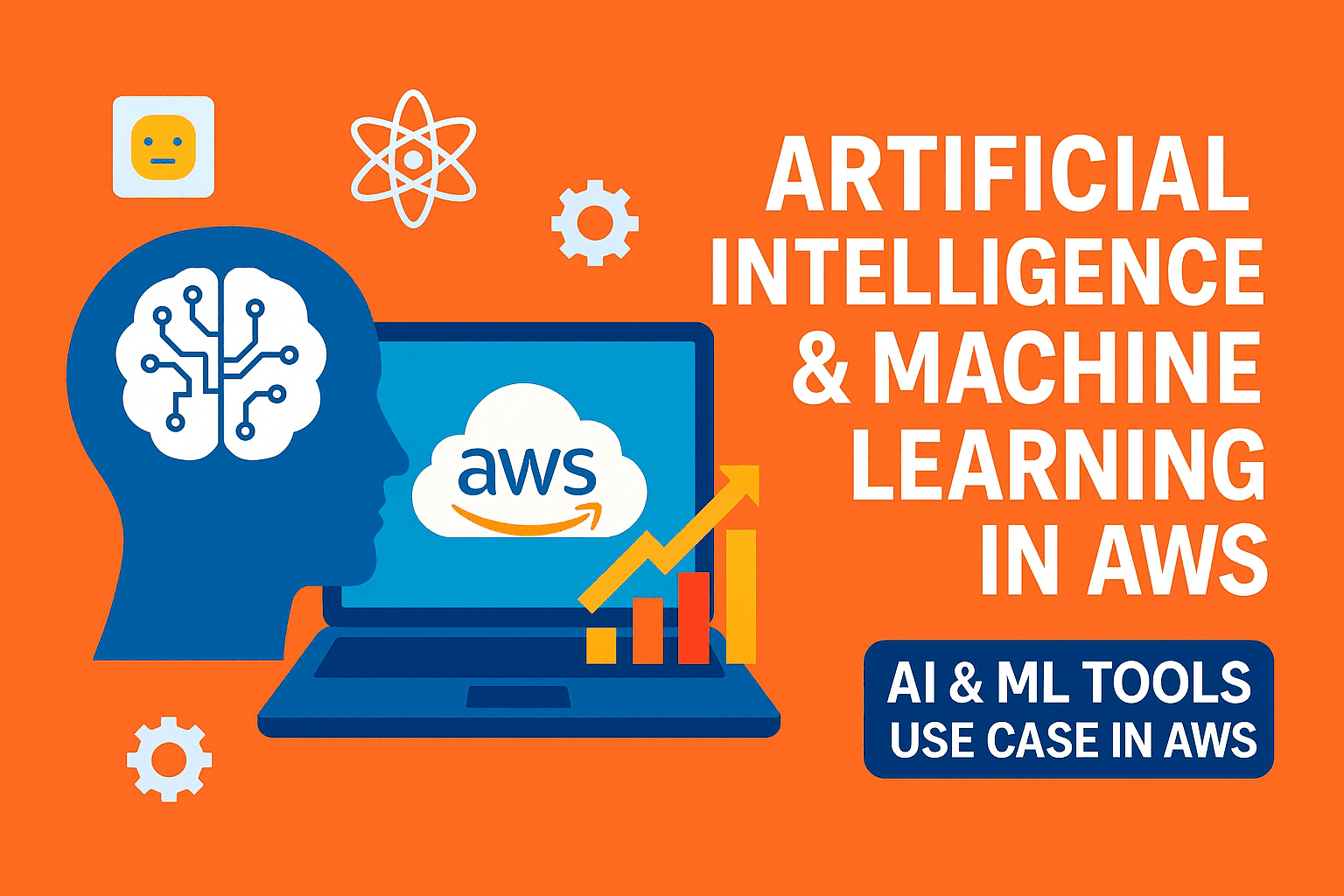Table of Contents
ToggleIntroduction
The software development landscape is evolving faster than ever. AI-powered coding assistants are leading this change. These tools can transform how developers write, debug, and deploy code. They aim to make the process quicker, easier, and more intuitive. Among the many options available, Kiro AI and Cursor AI stand out as key players. Each offers a different approach to AI-assisted development. In this article we will compare Kiro AI and Cursor AI, explore their features, ideas, strengths, weaknesses, and target audiences. This will help deciding which tool might be the best fit for the development workflow.
Let’s dive into the Kiro vs Cursor AI comparison to figure out which tool best fits for coding workflow.
Understanding Kiro AI

Kiro AI, recently launched by Amazon, is an AI-powered Integrated Development Environment (IDE). It focuses on a method known as “spec-driven development.” This approach adds more structure and planning to coding, steering away from what some refer to as “vibe coding,” an improvisational style of development. Kiro aims to assist developers in moving from concept to production with greater ease, particularly when dealing with AI agents and complex projects.
Key Features of Kiro AI
Kiro AI’s main functions center on its spec-driven development approach. It uses powerful AI models that can handle multi-step reasoning and are based on context. These models connect directly to your local development environment. Some of its key features include:
Spec-Driven Development: This is Kiro’s main feature. Developers set specifications for their projects. Kiro’s AI agents then generate and maintain project plans, code, and even documentation based on these specs. This leads to a more organized and predictable development cycle.
Agentic AI: Kiro uses autonomous AI agents to handle various development tasks. These tasks include generating unit tests and creating documentation. The agents understand the intent behind prompts and can implement complex features on larger codebases.
Hooks Feature: Kiro has a hooks feature that allows for deeper integration and automation in the development workflow.
Model Context Protocol (MCP) Support: Kiro supports MCP, which helps AI code editors understand and use context effectively across different models and tools.
Traditional IDE Features: In addition to its AI-driven innovations, Kiro includes all the standard features that modern IDEs offer. This creates a familiar environment for developers.
Kiro AI’s Philosophy and Target Audience
Kiro AI’s philosophy focuses on bringing order to the often chaotic process of developing with AI. It aims to simplify the transition of AI prototypes into applications that are ready for production. This makes Kiro especially appealing to:
- Enterprise Developers: Kiro’s focus on organized development, capable features, and managing complex projects makes it a good fit for larger teams and enterprise settings. Here, consistency and maintainability are very important.
- Developers working with AI Agents: With its emphasis on supporting the development of AI agents, Kiro is a solid choice for those creating and deploying AI-driven solutions.
- Developers seeking a more structured approach: For people who find the “prompt, prompt, prompt” method of coding with AI less effective for software used in production, Kiro provides a more organized and planned workflow.
Understanding Cursor AI

Cursor AI, on the other hand, has established itself as a popular AI-assisted code editor that prioritizes a fast, fluid, and familiar coding experience. It is built as a fork of Visual Studio Code (VS Code), meaning it retains much of the user-friendly interface and extensibility that VS Code users are accustomed to, while integrating powerful AI capabilities directly into the editor.
Key Features of Cursor AI
Cursor AI’s strength lies in its seamless integration of AI into the daily coding workflow, making it an intuitive tool for developers. Its key features include:
- Natural Language Code Edits: Cursor allows developers to write code using natural language instructions. This means you can prompt the AI to update entire classes or functions with simple commands, significantly speeding up development.
- Intelligent Autocomplete: Cursor boasts a powerful autocomplete feature that predicts your next edit, even across multiple lines, and takes into account your recent changes, providing highly relevant suggestions.
- Multi-file Code Generation: One of Cursor’s standout features is its ability to generate code across multiple files, making it highly effective for larger refactoring tasks or generating new components that span several files.
- Agent Mode: Cursor includes an “Agent” mode that allows for more complex, multi-step operations. This can be used for tasks like debugging, refactoring, or even generating AI commit messages.
- Custom Rules and Notepads: Developers can define custom rules to guide the AI’s behavior and use Notepads for brainstorming or keeping track of thoughts directly within the editor.
- Built-in Web Search: Cursor integrates web search capabilities, allowing developers to quickly find information without leaving their coding environment.
Cursor AI’s Philosophy and Target Audience
Kiro AI’s philosophy focuses on bringing order to the often chaotic process of AI-powered development. It aims to simplify the shift from AI prototypes to production-ready applications. This makes Kiro particularly attractive to:
- Enterprise Developers: Kiro’s focus on organized development, agentic features, and managing complex projects makes it a good fit for larger teams and business environments where consistency and maintainability are vital.
- Developers working with AI Agents: With its focus on supporting the development of AI agents, Kiro is an ideal choice for those creating and implementing AI solutions.
- Developers seeking a more structured approach: For those who find the “prompt, prompt, prompt” method of AI coding less effective for production-quality software, Kiro provides a more organized and planned workflow.
Kiro AI vs. Cursor AI detailed Comparison

While both Kiro AI and Cursor AI aim to help developers with AI, they take different approaches and have unique strengths. Here is detailed comparison across various aspects:
| Aspect | Kiro AI | Cursor AI |
|---|---|---|
| Development Philosophy | Spec-driven, planning-first workflow | Natural-language code edits and rapid iteration |
| Core Functionality | Agentic capabilities and project management | Code generation, completion, and in-editor assistance |
| Target Audience | Enterprise users, larger teams, AI agent developers | Individual developers, small-medium teams, VS Code users |
| Performance | Potentially slower (preview versions) | Generally faster execution |
| Data Privacy | Enterprise-grade privacy and security | Local storage with cloud processing |
| Learning Curve | Steeper (new paradigm) | Lower (familiar VS Code interface) |
Performance and Execution Speed
Based on initial observations and reviews, Cursor AI seems to make code changes and generate code faster than the preview versions of Kiro. However, this could change as Kiro develops and improves its performance. Cursor’s local processing of code, along with its cloud interactions, helps boost its speed.
Data Privacy and Security
This is an important difference. Cursor stores code locally and processes interactions in the cloud. While this is fast, it could be a concern for projects with sensitive intellectual property. Kiro, as an Amazon product, is likely to provide strong privacy and security features for businesses. It has options for on-premise or private cloud setups, which makes it potentially better for very sensitive projects.
Pricing
Both tools offer different pricing models, often including free tiers with limited usage and paid tiers for more extensive use. Here is a general overview based on available information:
Kiro AI Pricing:
- Free Tier: Typically offers a limited number of AI agent interactions per month (e.g., 50 interactions).
- Pro Tier: Around $19/month for individual developers, offering a higher number of interactions (e.g., 1,000 interactions/month).
- Pro+ Tier: Around $39/month for even more interactions (e.g., 3,000 interactions/month) and potentially more advanced features.
Cursor AI Pricing:
- Free Tier: Includes a limited number of fast AI interactions.
- Paid Tiers: Cursor offers various paid plans, with unlimited usage of most features often costing around $20/month.
Pros and Cons
Both Kiro AI and Cursor AI have their own advantages and disadvantages. Understanding these can help developers make a well-informed choice.
Kiro AI – Pros
- Structured Development: promotes an organized and predictable development process.
- Agentic Capabilities: autonomous AI agents reduce manual effort.
- Enterprise-Ready: offers strong security, privacy, and scalability features.
- Focus on Production: bridges the gap between prototypes and production-ready applications.
Kiro AI – Cons
- Steeper learning curve: This new approach requires a shift in mindset.
- New tool: It is still in the early stages of development.
- Initial performance: The preview versions might be slower than Cursor.
Cursor AI – Pros
- Familiar Interface: VS Code fork makes it easier to start using.
Rapid Prototyping: great for quick development and changes.
Strong In-Editor Experience: offers real-time smart help.
Community and Ecosystem: advantages from VS Code’s large ecosystem.
Cursor AI – Cons
- Contextual Limitations: Can struggle with very large or complex projects.
- Privacy Concerns: Cloud-based processing may raise IP concerns.
- Over-reliance Risk: Potential to hinder basic coding skills.
- Hype vs. Reality: Gap between initial excitement and practical performance.
Conclusion
Both Kiro AI and Cursor AI are important steps forward in AI-powered coding. Your choice between them mainly depends on your specific needs, development style, and project requirements.
Choose Kiro AI if:
- You are part of a larger team or enterprise environment that values structured development, planning, and automation.
- You are working on complex projects, especially those involving the development and deployment of AI agents.
- You focus on a disciplined, specification-driven method to coding. This approach aims to cut down on errors and make maintenance easier.
- Data privacy and high-quality features are essential for your projects.
Choose Cursor AI if:
- You are a developer or part of a small to medium-sized team seeking quick prototyping and effective daily coding help.
- You already know VS Code and want an AI tool that works well in that setup.
- You appreciate a fast, smooth, and easy-to-use AI experience in the editor for tasks like code generation, completion, and refactoring.
- Your projects do not involve strict privacy concerns that would prevent cloud-based AI processing.
Ultimately, the best way to find out which tool works for you is to try both. Many offer free versions or trials, so you can experience their unique strengths yourself. As AI keeps evolving, these tools will likely become even more advanced, changing the software development landscape even more.
References
- Kiro: The AI IDE for prototype to production – https://kiro.dev/
- Cursor – The AI Code Editor – https://cursor.com/
- Features | Cursor – The AI Code Editor – https://cursor.com/features
Explore more articles at vlookuphub



